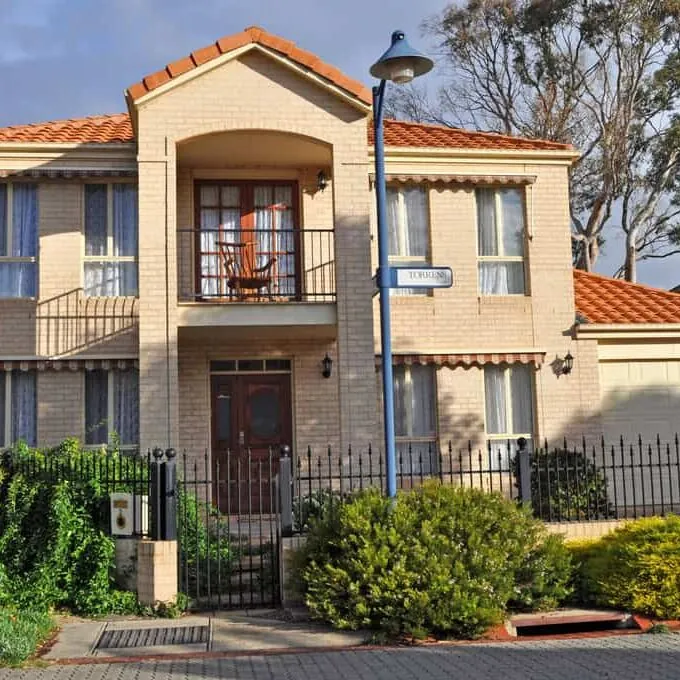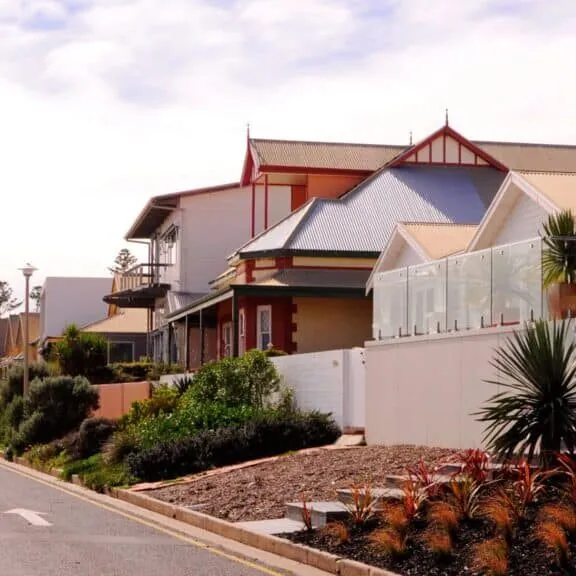The idea of owning a second home can be incredibly appealing. It could be a holiday house or an investment property that can generate additional income. But is buying a second home the right decision for you? Let’s explore the key considerations and steps involved in purchasing a second property in Australia. Top Reasons for […]
Learn About the Best Loans for Investment Properties
Maximise Your Investment Potential: Discover the Top Loans for Profitable Properties
Investing in property is a popular wealth-building strategy amongst Australians. But, of course, it requires a lot of capital. Most Australian investors utilise finance when investing in property. But, with so many options available, it can be challenging to determine which mortgage loan is the best fit for your investment property. Don’t fret, as we are here to guide you through some of the best loans for investment properties in Australia.
Conventional Mortgage Loans
First on the list are conventional mortgage loans. These loans are provided by financial institutions like banks and credit unions. Usually, lenders ask for a down payment of at least 20 percent of the property value. Some lenders may offer loans with a lower deposit, but this will depend on their individual lending criteria.
The advantage of a conventional mortgage loan is it typically offers lower interest rates than other types of loans or non-conventional lenders. Additionally, mortgages may be used to finance a wide variety of investment properties, including single-family homes, condos and multi-unit buildings.
Interest-Only Loans
Next up, we have interest-only loans. As the name suggests, with this loan, you only pay the interest on the loan for a specified period, usually five to ten years. This can keep your initial monthly payments low, allowing you to have more cash flow to invest in other properties or expenses.
The downside of interest-only loans is that you’ll start repaying the principal after the interest-only period ends. So you have to brace yourself for higher monthly payments and an overall higher loan cost after the interest-only period. Interest-only loans may be the right option for investors looking to maximise their cash flow or reduce their tax liability through negative gearing.
Line-of-Credit Loans
Moving on, we have line-of-credit loans. This type of loan is flexible and can be used to purchase an investment property or renovate an existing one. With a line of credit, you can access funds, as needed, up to a predetermined limit. This may be the right choice for investors who need to renovate or repair an investment property and are looking for flexibility in the finance amount and timing of drawdowns.
The downside of line-of-credit loans is they typically come with higher interest rates than other mortgage loans. Also, because they are revolving credit, you may be tempted to use the funds for non-investment purposes, which can lead to financial trouble. How do you know if it’s ideal for you? Often, a line of credit is recommended for investors who need flexibility and want to keep their options open.

SMSF Loans
SMSF loans, or Self-Managed Super Fund loans, are used by investors looking to purchase investment properties in Australia within their SMSF. These loans are specifically designed for individuals who want to invest their superannuation funds into property.
It’s vital to note that SMSF loans come with some risks and restrictions. For example, you can only use an SMSF loan to purchase a property intended solely for investment purposes and not for personal use. Additionally, there are strict rules on managing and investing your super. Failure to comply with these rules can result in severe penalties.
Overall, SMSF loans can be a viable option for investment properties, but they’re not suitable for everyone. It’s essential to weigh the pros and cons carefully and seek expert advice before investing your superannuation funds in a property.
Low-Doc Loans
Finally, we have low-doc loans, a practical option for self-employed investors who may not have traditional income documentation, such as tax returns or bank statements. With a low-doc loan, you may be able to provide an accountant’s letter or alternative documentation to demonstrate your ability to repay the loan.
But be mindful of low-doc investment loan rates and fees because they are usually higher than other types of loans. Additionally, because they are riskier for lenders, you may need to provide a higher down payment or have a higher credit score to qualify for a low-doc loan. Still, low-doc loans are suitable for self-employed investors without enough documents to show lenders their ability to repay.
Additional Tips
Still can’t decide which loan to get for your new investment venture? Here are some additional tips to help you choose the best loan for your investment property:
- Research different lenders and compare their interest rates, fees and loan terms to find the best deal.
- Consider the type of property you want to invest in and the loan options available for that property.
- Think about your long-term investment goals and select a loan that aligns with those goals.
- Be realistic about your financial situation and only take out a loan you can comfortably repay.
- Don’t be afraid to ask questions and negotiate with lenders to get the best possible terms for your loan.
Final Thoughts
Investing in property may be a profitable venture for many Australians, but it requires careful planning and financial management. Choosing the right loan for your investment property is an essential part of that process. By considering your options and working with a reputable lender, you can find the loan that best suits your needs and helps maximise your investment returns.
Remember, the key to success in property investment is to be patient, realistic and diligent in your approach. With the right loan and a solid investment strategy, you increase your chances of building a profitable portfolio of investment properties. Get in touch with Deltos Finance today to learn more.
Enquire Now
Find Your Perfect Finance Solution
Let's discuss your finance needs. We’re here to help.
More posts from Deltos Finance

How to Use Equity to Buy Another Property
As a homeowner, you’re sitting on a valuable asset that can do more than provide a roof over your head. Your property’s equity can be a powerful financial instrument to help you buy a second home or expand your real estate portfolio. So, whether you’re dreaming of a holiday home by the beach near Carlton […]

What to Know About the Home Loan Approval Process
Understanding the home loan approval process and knowing what to do at each stage can make it less intimidating. Today we’ll guide you through the stages, including what to do before lodging your application, when to apply, important considerations, and the support and tools available to make the process smoother. Before You Apply: What You […]

Cash-Out Refinancing: Tapping into Home Equity
As a homeowner in Australia, you may have built up significant equity in your property over the years. But did you know you can tap into this equity to access cash for various financial needs? This is where cash-out refinancing comes into play. In this article, let’s explore what cash-out refinancing is, how it works, […]

No More Stamp Duty: Tasmania’s Gift to New Homeowners
Imagine stepping into your first home without the burden of thousands of dollars in stamp duty. Sounds too good to be true? Well, for Tasmanian first-home buyers, this dream has now become a reality. The Tasmanian government has just delivered a game-changing gift that could save you up to $28,945 on your first home purchase. […]

The Australian Shared Equity Scheme Explained
These days, it’s not easy to break into the property market. That’s especially true for young and first-time homebuyers who encounter several obstacles, especially amidst rising inflation and interest rates. But don’t fret because there are ways to make homeownership more accessible and affordable. One of which is shared equity. The Australian shared equity scheme […]

Let’s Talk About Rentvesting in Australia
You might find the traditional path to homeownership challenging, especially with rising property prices in desirable areas. Plus, it usually takes an average Australian over five years to save for a home loan deposit for a median-priced residential property. Enter rentvesting—a strategic approach for getting a foot on the property ladder without compromising your lifestyle. […]

Redraw vs Offset: Which Should You Choose for Your Home Loan?
When taking out a home loan, you might focus too much on comparing rates and terms. We’re here to remind you to explore different home loan features before signing the dotted line. Two popular options that can help you save on interest and pay off your mortgage faster are redraw facilities & offset accounts. But […]

Let’s Talk About the Expanded First Home Guarantee Eligibility
Have you heard of the First Home Guarantee scheme? Did you know its eligibility has expanded to include more aspiring homeowners who previously faced barriers to entry into the property market? Today, let’s talk about the expanded First Home Guarantee eligibility to help you know whether you can maximise this scheme. A Refresher: What Is […]

The First-Home Buyers 5% Home Loan Deposit Scheme Explained
As a first-time home buyer in Australia, one of the biggest hurdles you’ll face is coming up with a substantial deposit. Traditionally, lenders have required a deposit of at least 20% of the property’s value, but what if you could secure your dream home with just a 5% deposit? That is possible through the First […]


